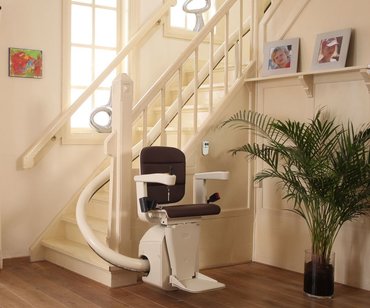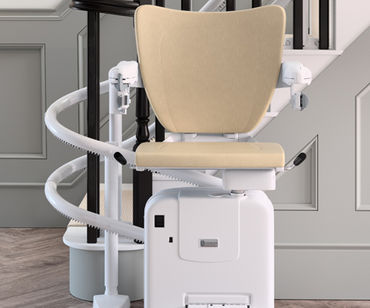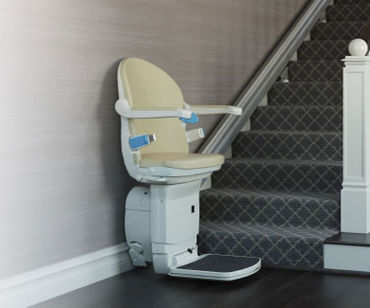Make your garden accessible
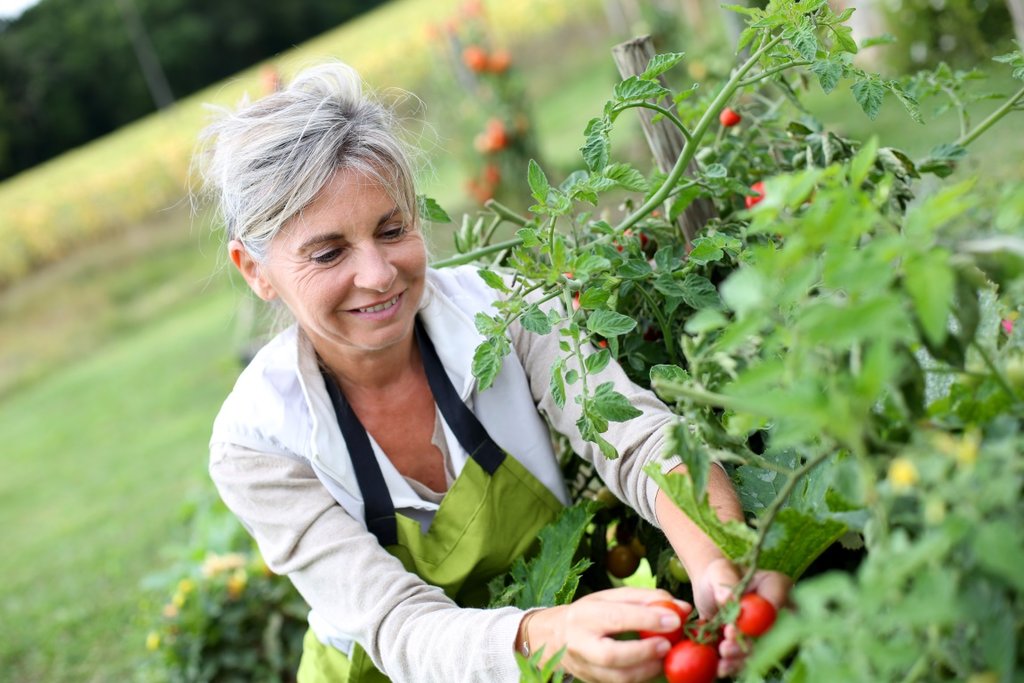
Gardening isn’t just for the birds, the bees and those who don’t have any mobility problems; lots of people who have mobility issues also enjoy gardening in many forms, whether it is wandering through a National Trust garden or their own one.
Unfortunately many people’s gardens at home are not very accessible and those with mobility problems struggle to continue their passion.
Many gardens have rough and narrow paths that are just not ideal for older people, but whether you are disabled or just have slight mobility problems, then there are plenty of gardening options available.
Raise flower beds and hanging baskets
To make flower beds more accessible gardeners can raise them up to table height to make it easy for wheelchair users and standing gardeners to use them.
There are lots of gardening companies who can build raised flower beds for you and these include Primrose and Wood Blocx. When choosing a raised bed it is best to choose narrower ones as really deep beds could make it difficult for gardeners to reach to the back of it.
The Build Mum a House blog agrees, “Lift up those beds and make tending them easy from a sitting or standing position. Raised beds are fashionable these days, ‘no dig’ gardening means that there are plenty of raised bed kits around. You can fill them up the new raised bed with good compost and light soil, making digging and weeding a doddle.”
Other accessible objects for the garden are hanging baskets and tall plant pots. Tall pots will mean gardeners don’t have to bend down so low, whilst hanging baskets set at a lower height can be attended to without needing to bend down at all.
Widen pathways and make more room
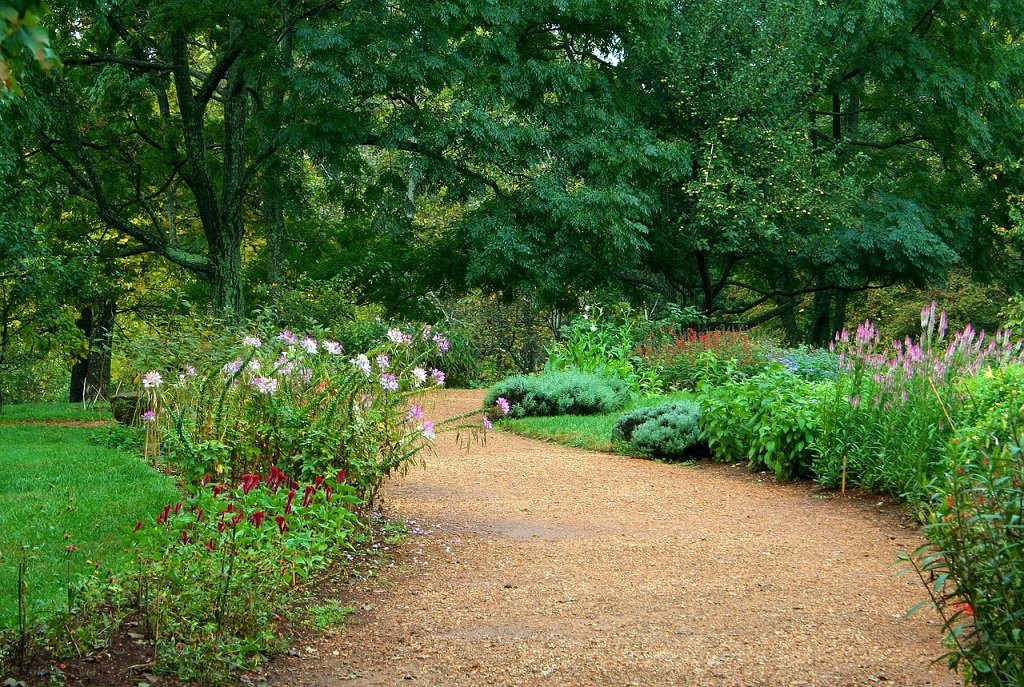
Wheelchair users and others with mobility issues need more space to get around the garden comfortably.
This is why level pathways that are wide are vitally important. For level pathways bricks are generally considered a good material to use, while other options include planking.
Pathways need to be wide to allow those with wheelchairs, sticks or other walking aids to easily walk along them. It is also important to clip back trees, shrubs and other plants to give visitors enough space.
Keen gardeners could also consider moving plants further away from paths to make the garden more accessible as plants can overhang walkways and people can get caught up in them.
If you are unable to do these jobs yourself, then there are plenty of landscape gardeners and other gardening firms available across the UK that will be happy to help redesign your garden.
Avoid large lawns
Carry on Gardening recommends avoiding having large lawns with sharply curved edges as they can be more time consuming to maintain.
The gardening specialists, say, “Consider having a semi-wild lawn with mown paths to save time and effort. Lawns are difficult to manage so consider replacing some or all of the lawn with a hard surface.”
Choose your plants carefully
When it comes to actually picking the plants you want to include in your garden and the planting scheme, the experts at Carry On Gardening recommend choosing plants that are easy to grow.
They add, “Choose plants that are easy to grow, that don’t need much maintenance and are suitable for the conditions in your garden. Also, look at the plant label or ask for advice before you buy.”
In regards to trees and shrubs it is important to choose ones that are manageable and that fit the space you have as this will save you time and effort pruning them.
Hedges mean a lot of maintenance and for those with mobility problems it is probably best to avoid them and instead have alternative options such as climbing plants on walls and other surfaces.
Add lots of seated areas
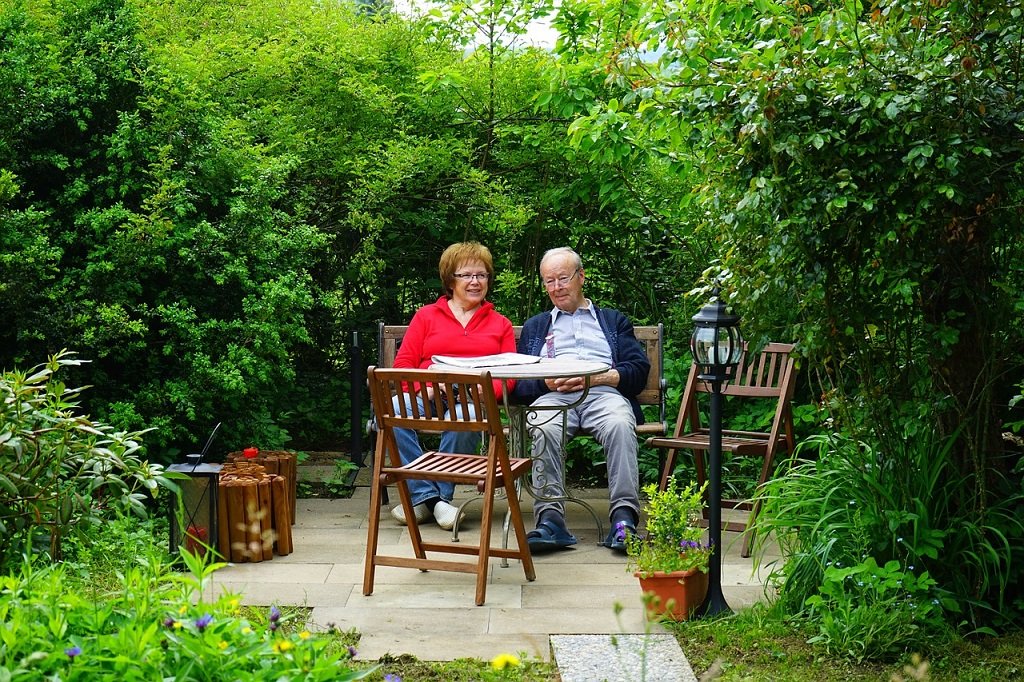
If you are designing a garden to make it more accessible, then you will need to plan plenty of seats around it and for some of these seated areas to be located in shady areas.
This will mean there are plenty of spaces to save your energy and no matter whether it is boiling hot people can enjoy the garden during these hot temperatures.
Purchase kneelers
Not all older people are unable to bend or sit, although anyone who sits down for a long period of time may suffer from aching joints.
This is why kneelers are another great option for keen gardeners as they can help bridge a gap for flower beds that can’t be raised.
Wyevale Garden Centres offer a range of kneelers and with prices ranging from just £2.50 to £23, they are very affordable.
Implement water butts
By adding water butts or stand pipes in your garden this means you are not only saving time and effort when watering the garden, but are reducing mains water usage and ultimately benefitting the environment.
Water butts can be placed right next to your plant beds so gardeners don’t have to keep walking long distances to an outside tap or indoors to fill up their watering can.
According to Ponders Online there are lots of other benefits of water butts and collecting rain water.
• Rainwater is better for plants than tap water as there are no minerals or chemicals added
• Reduces monthly bills, especially during the summer when gardens are in need of being watered the most
• Reduces rainwater runoff
• Simple to install and is ideal for any size garden
Get adaptive gardening tools
There are lots of adaptive gardening tools available as Care 2 reports.
These tools boast extra-large and textured grips for older people, whilst other tools that are available to buy mean gardeners can use cultivators and shovels despite suffering from mobility problems.
Tools have also been made to help people with weaker hands and those who have trouble gripping objects. Some tools can even be used whilst sitting down instead of standing.

